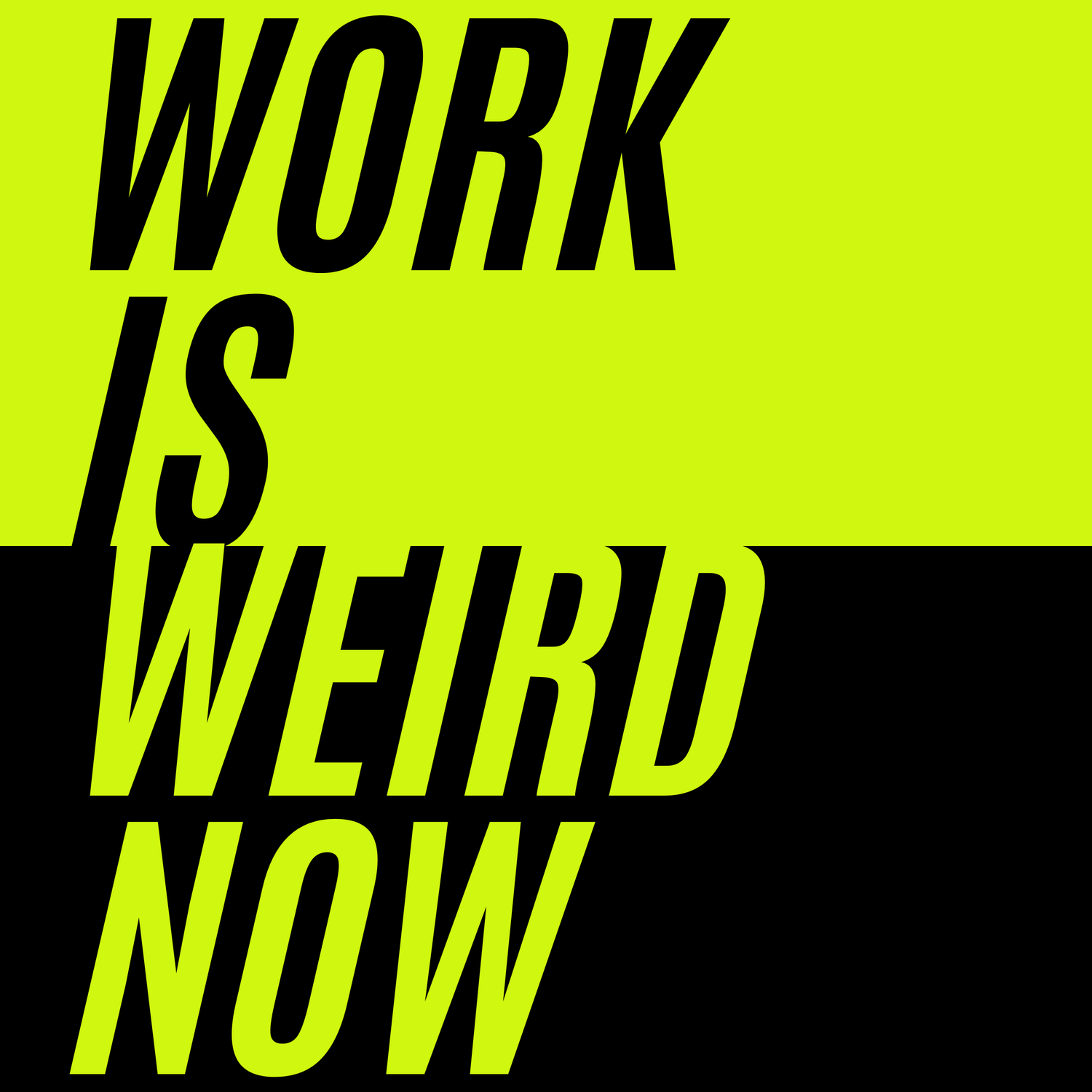How do organisations liberate people rather than constrain them?
Leadership isn’t just a job title; it’s a way of designing organisations so people feel more alive at work.
In this episode of Work Is Weird Now, Paul Lambert makes the case for “living organisations”: workplaces that evolve, empower, and put human purpose at the centre of how they operate. We explore how purpose drives profit (not the other way around), why culture, capability and structure have to align, and how technology should augment humans, not replace them.
FROM MISSION STATEMENTS TO LIVED PURPOSE
Most companies say they’re purpose-led. Paul argues living organisations feel it: from how decisions are made to how teams learn and improve. Purpose isn’t a slogan; it’s a compass for everyday trade-offs, especially when pressure hits.
“It’s not purpose over profitability; it’s purpose leading profitability.”
WHAT IS A LIVING ORGANISATION?
Living organisations behave more like organisms than machines. They:
Know why they exist (purpose)
Build the right muscles (capabilities)
Shape helpful environments (structures)
Nurture the vibe (culture)
Think small, empowered “cells” or teams with real autonomy to plan, do and improve their work—what Paul calls whole work teams. The result: more ownership, faster learning, better outcomes.
CULTURE YOU CAN FEEL
Culture isn’t posters on the wall; it’s how people treat each other when no one’s watching. Paul’s lens:
Encourage experiments, not perfectionism
Remove blame, add learning
Create communities, not crowds
Face-to-face time matters, but proximity alone doesn’t create community. Hybrid can work when teams have a rhythm and rituals that sustain connection.
BUILD WHAT YOU’RE GREAT AT
Know your edge, then double down. Whether it’s customer closeness, product craft, or operational excellence, living organisations design around their strengths and keep evolving their structures as they scale, partnering and networking like ecosystems rather than rigid hierarchies.
TECH THAT ELEVATES PEOPLE
AI and automation can remove drudgery and unlock creativity if they serve the organisation’s human purpose.
“Technology should serve the human purpose of the organisation, not replace it. Otherwise we risk building faster machines for going in the wrong direction.”
Paul also flags a watch-out: entry-level work is changing. Leaders must safeguard pathways for learning and early careers.
PRACTICAL MOVES LEADERS CAN MAKE TOMORROW
Ask better questions. “Why did you choose to work here? What do you love? What gets in your way?”
Give real autonomy. Let teams plan, do, and improve their work with time, tools, and trust.
Invest in lifelong learning. Make the environment resource-rich: skills, mentoring, and forums to share improvements.
WHY THIS MATTERS FOR THE FUTURE OF WORK
The future is human: more productive, more meaningful, and more sustainable when people feel alive at work. Living organisations don’t copy “best practice”; they become their best selves adaptive, purposeful, and unmistakably human.
MEET PAUL LAMBERT
Paul teaches at Henley Business School and leads Living Work Consulting, partnering with organisations to design human-centric solutions. His book, Alive: Cultivating Living Organizations for Success in a Digital Age, explores the principles we discuss in this episode.
👉 Explore Paul’s work: Living Work Consulting and Alive
